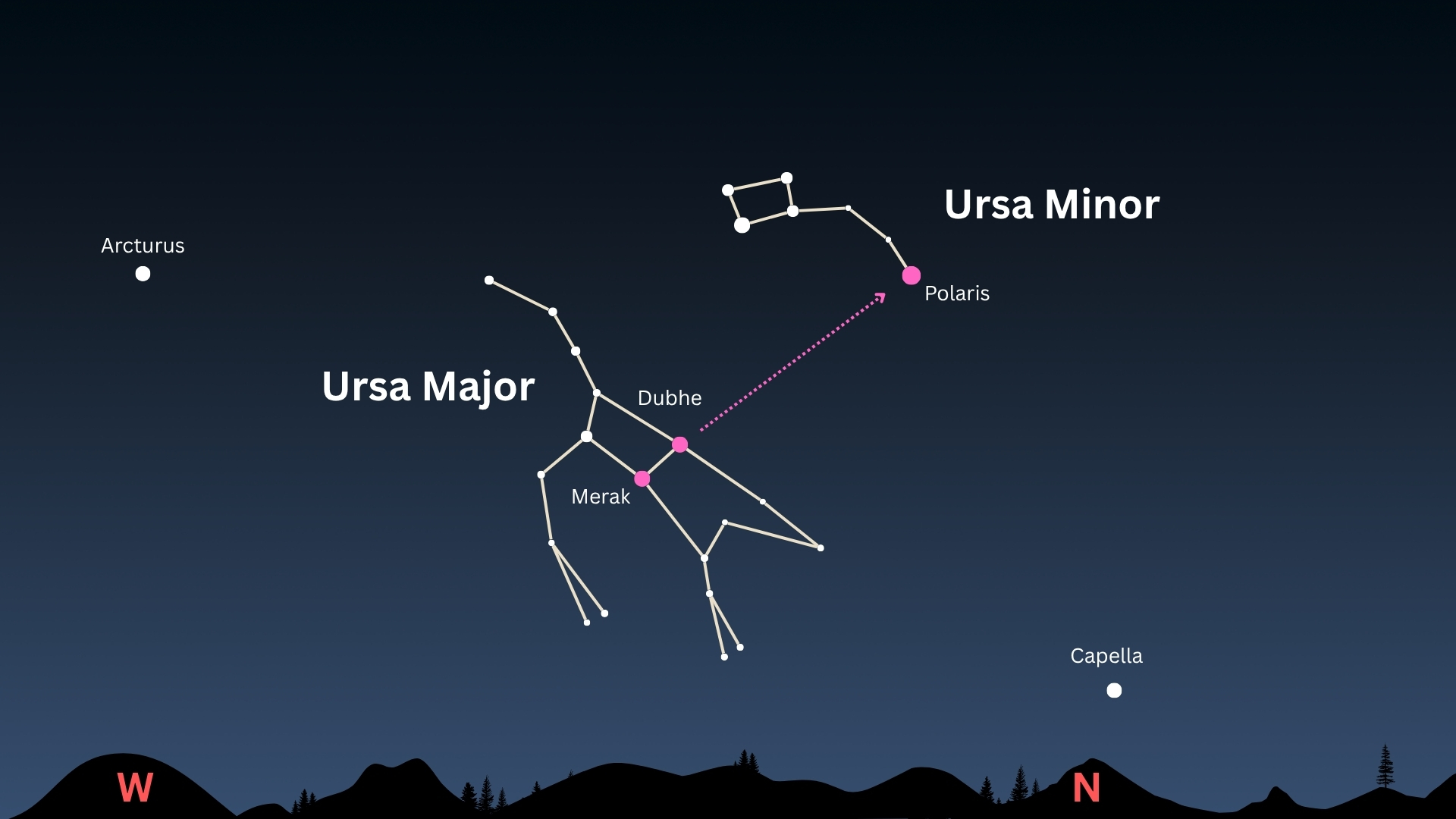How to Photograph Comet ISON: A Skywatching Photo Guide
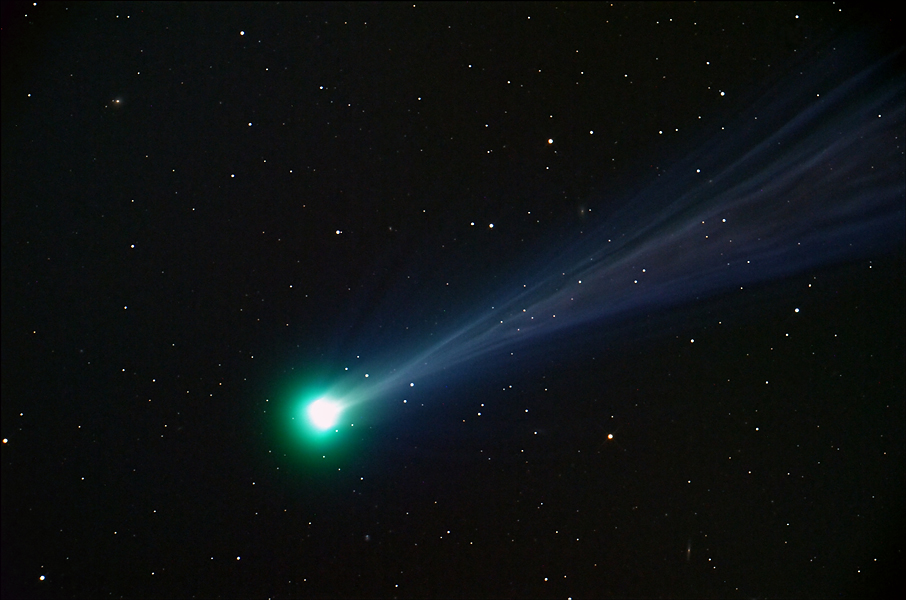
The incoming Comet ISON is undergoing dramatic brightening as it heads toward its Thanksgiving Day rendezvous with the sun, but if you are hoping to snap photos of the icy wanderer, you'll need to be prepared.
Officially known as C/2012 S1 (ISON), Comet ISON was discovered in September 2012 and has been billed by some as a potential "comet of the century" because of its potential to flare up into a brilliant night sky object. It is already visible to the naked eye for observers in dark-sky sites and is now sporting a long tail.
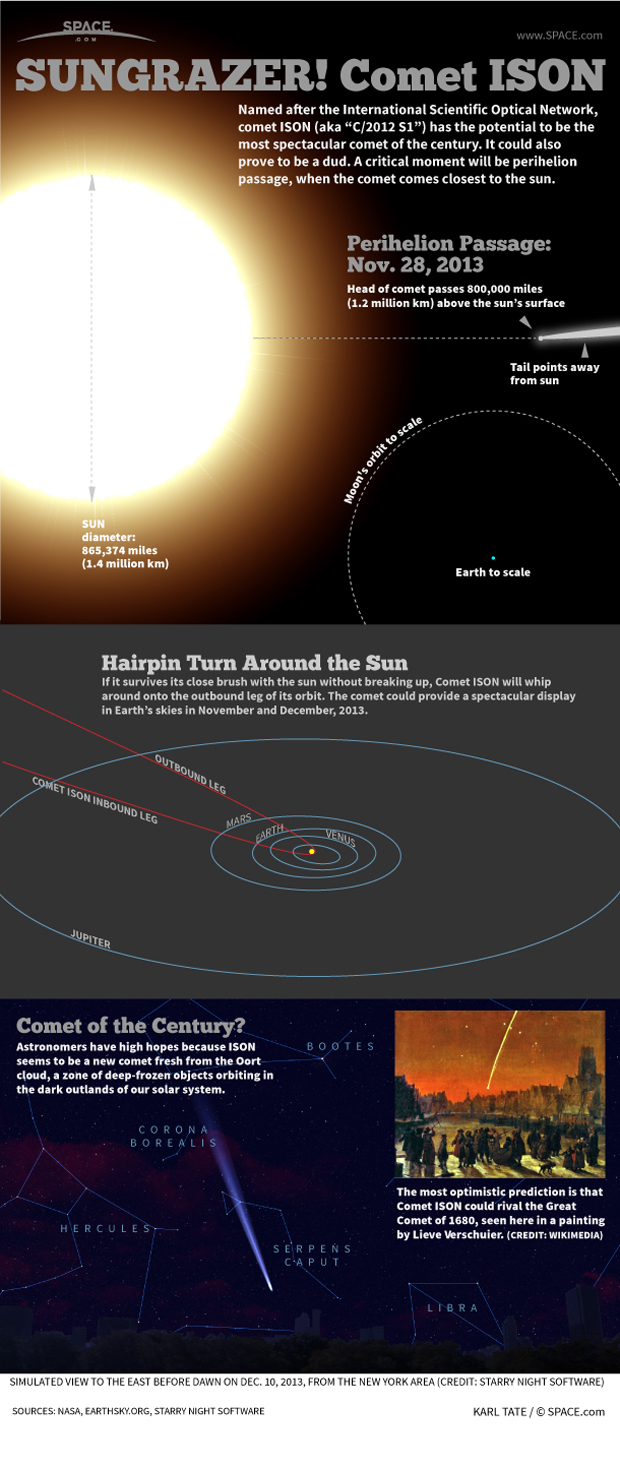
If this icy cosmic visitor survives its fiery solar encounter on Thursday (Nov. 28), when it swings within 730,000 miles (1.2 million kilometers) of the sun's surface, it could reappear in the dawn sky in early December as a potentially spectacular naked-eye object for skywatchers in the Northern Hemisphere. [See amazing photos of Comet ISON in the night sky]
But comets are notorious for their unpredictability, as shown by Comet Kohoutek C/1973 E1 in the early 1970s, which failed to meet predictions. As our good friend and famed comet discoverer David H. Levy likes to say, "Comets are like cats; they have tails, and they do precisely what they want."
This uncertainty, however, has failed to dampen the interest and excitement of the public and the media in Comet ISON. So if you want to capture your own souvenir portrait of this first-time visitor to our solar system, here are some tips to keep in mind to increase your chances of success:
- Look for a site away from city lights that offers a clear, unobstructed view of the southeastern horizon about an hour or so before sunrise. With each passing day, the comet will plunge deeper and deeper into the brightening dawn sky as it makes its closest approach to the sun, called "perihelion," on Nov. 28. After it emerges from perihelion, the comet will climb higher and higher in the dawn sky, but at the same it will start to fade as it recedes from the sun and Earth. [How to Photograph Comet ISON (Step-by-Step Gallery)]
WARNING:Do not attempt to observe or photograph Comet ISON when it is very close to the sun or is at perihelion. Staring directly at the sun, especially through a camera, telescope or binoculars without a proper, safe filter can result in serious eye injury or permanent blindness. No comet is worth losing your eyesight, so please be very careful!
- Use a digital single-lens reflex DSLR camera to photograph the comet since it gives you more control on your focus and exposure
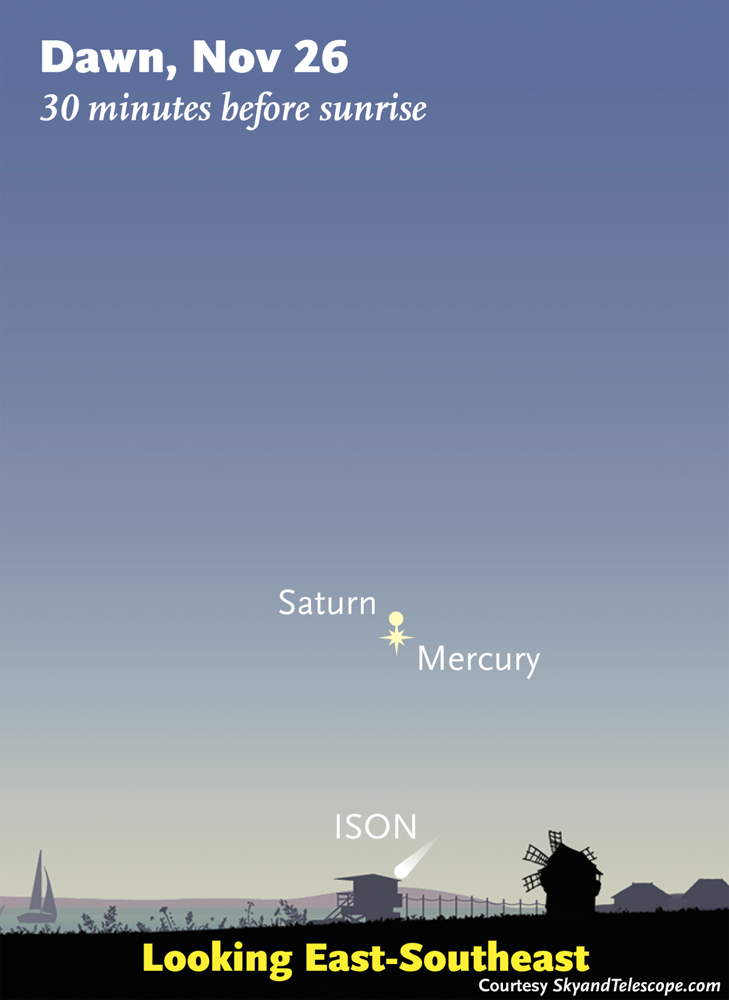
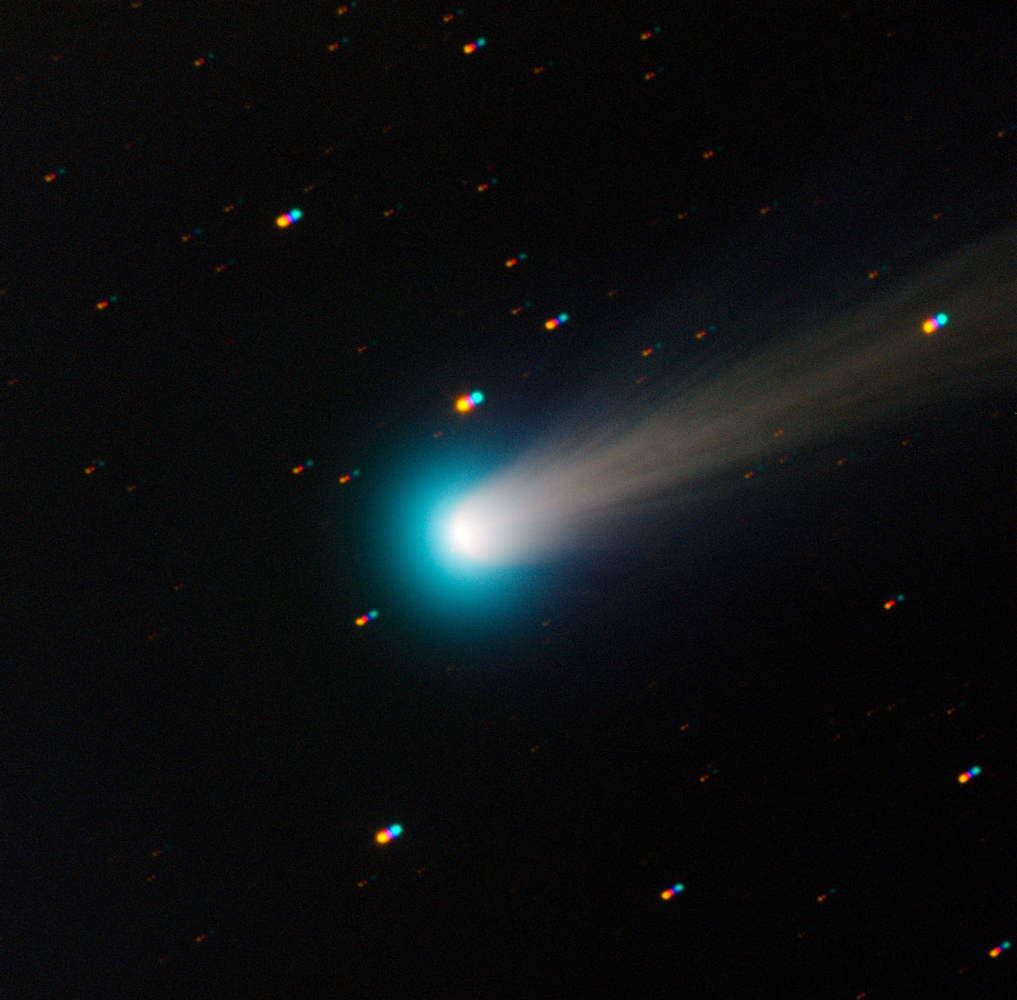
If you want to capture detailed shots of the comet and record the full extent of its tail, you will need to use a more elaborate tracking system than the simple camera-on-tripod setup we just described, and may need binocularsor a telescope:
Breaking space news, the latest updates on rocket launches, skywatching events and more!
- Use a zoom or telephoto lens with a focal length of 400 millimeters or more to give you a fairly large image of the comet and its tail in the camera frame.
- The long-focus lens will magnify the comet's movement in the sky so you will have to mount your setup on a polar-aligned, motor-driven equatorial mount. The motor drive will “track” the comet and keep it centered in your camera’s field, allowing you to take exposures lasting several minutes. [Comet ISON's Stargazing Show: 8 Essential Facts]
- Alternatively, you can use a ball-head mount or a bracket to mount your camera/lens setup securely to a hefty telescope on a heavy-duty mount. In this "piggyback" mode, the telescope serves as a stable tracking platform for the camera.
- Use the camera’s Bulb (B) setting to take exposures longer than 30 seconds.
- Depending on your sky brightness, you can shoot a single long exposure or take a series of short exposures that you can later “stack” together digitally using an image-editing program, such as Adobe Photoshop, to create effectively one long exposure.
- For really close-up views of the comet’s head and tail structure, you need to shoot through a long-focus telescope on an equatorial drive. Attach the DSLR camera body securely to the telescope using a T-threaded adapter and a T-ring that is appropriate for your camera brand. Check your local camera supply store for these handy accessories.
- At such high magnification, any inaccuracies in the telescope’s drive system or polar alignment will be evident. That is why deep-sky astrophotographers use an "autoguider," an automated electronic guiding system that attaches to the telescope’s off-axis guider or guidescope. The autoguider can "lock" onto the comet’s head or selected guide star, and it will make automatic adjustments to the telescope’s drive system continuously throughout the exposure to ensure accurate tracking.
Assuming Comet ISON doesn't disintegrate before reaching the sun, the comet will continue on its outbound journey into deep space, never to return again for a long, long time. So don't miss this once-in-a-lifetime opportunity to catch Comet ISON now.
Good luck, and clear skies!
Editor's note:If you snap an amazing picture of Comet ISON or any other night sky view that you'd like to share for a possible story or image gallery, send photos, comments and your name and location to managing editor Tariq Malik at spacephotos@space.com.
You can follow the latest Comet ISON news, photos and video on SPACE.com.
Imelda Joson and Edwin Aguirre have been observing comets for nearly three decades. Their first book — about Halley’s Comet — was published by the National Research Council of the Philippines in 1985. Follow us @Spacedotcom, Facebook and Google+. Original article on SPACE.com.
Join our Space Forums to keep talking space on the latest missions, night sky and more! And if you have a news tip, correction or comment, let us know at: community@space.com.
